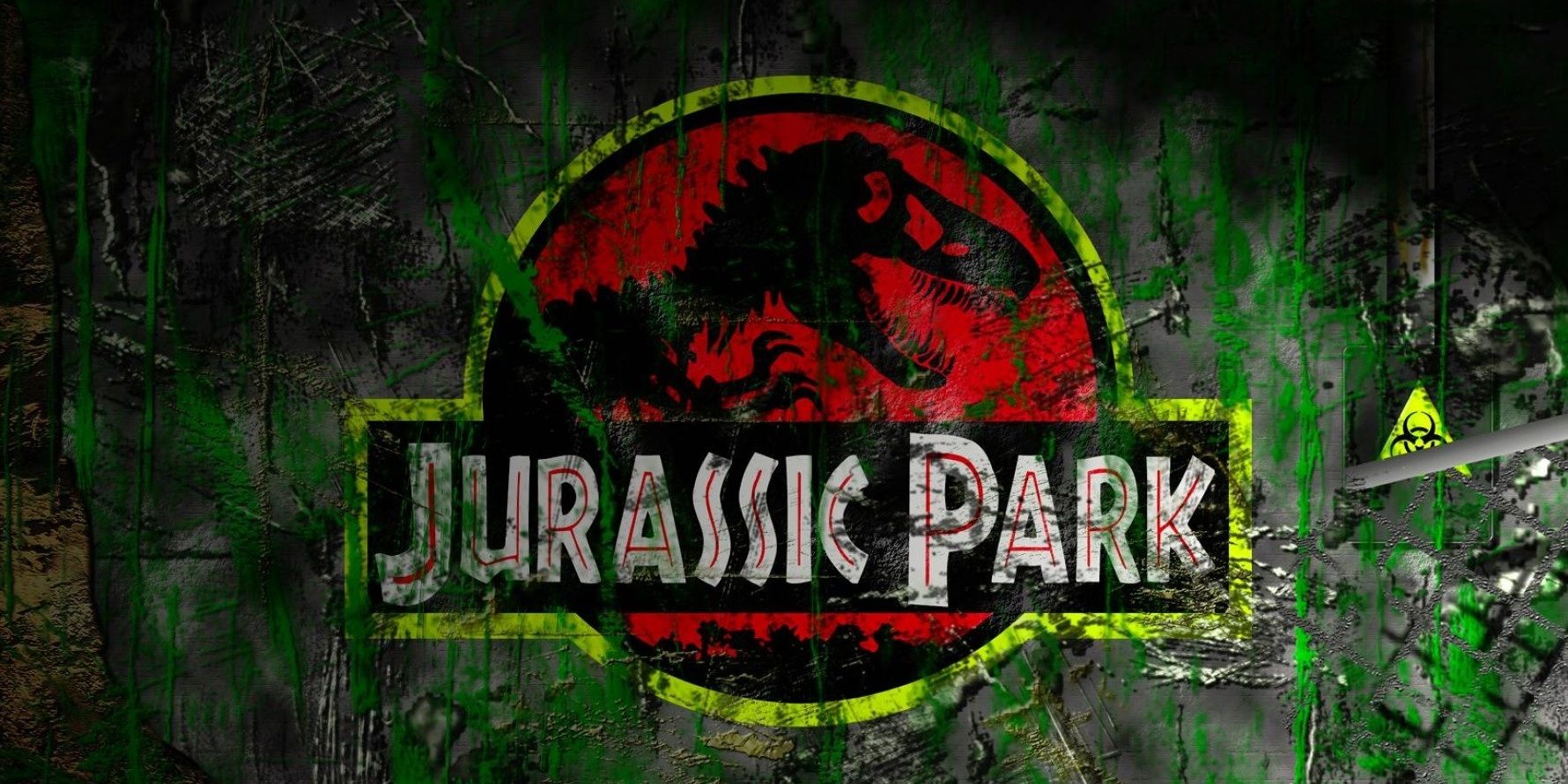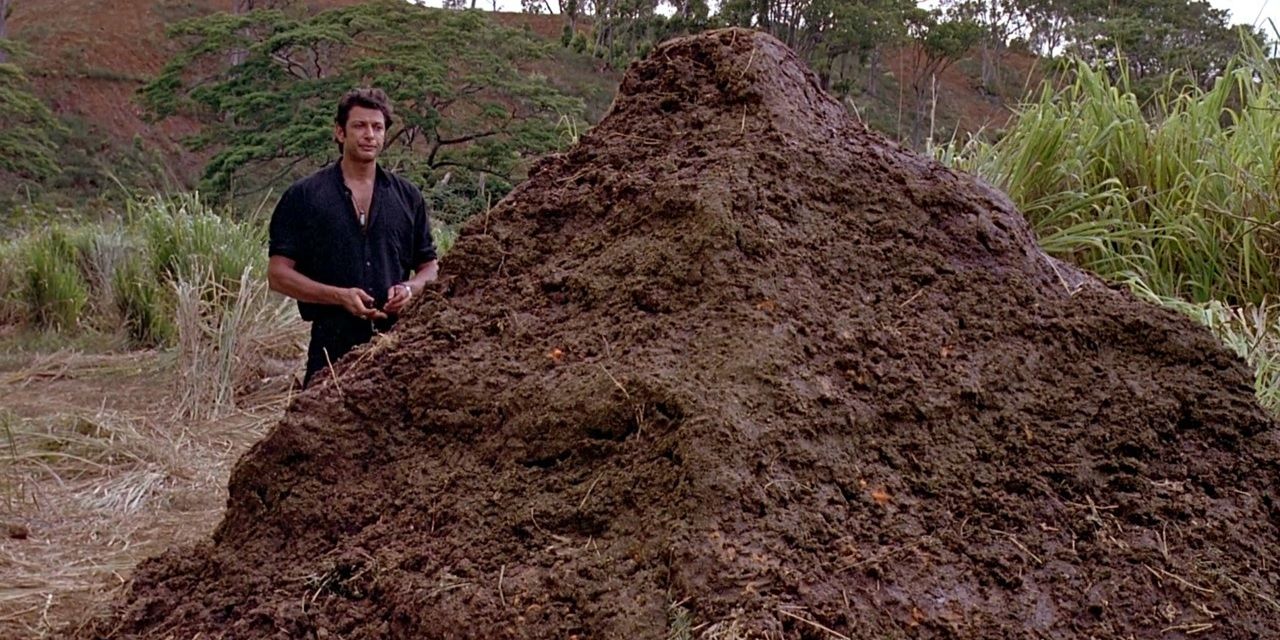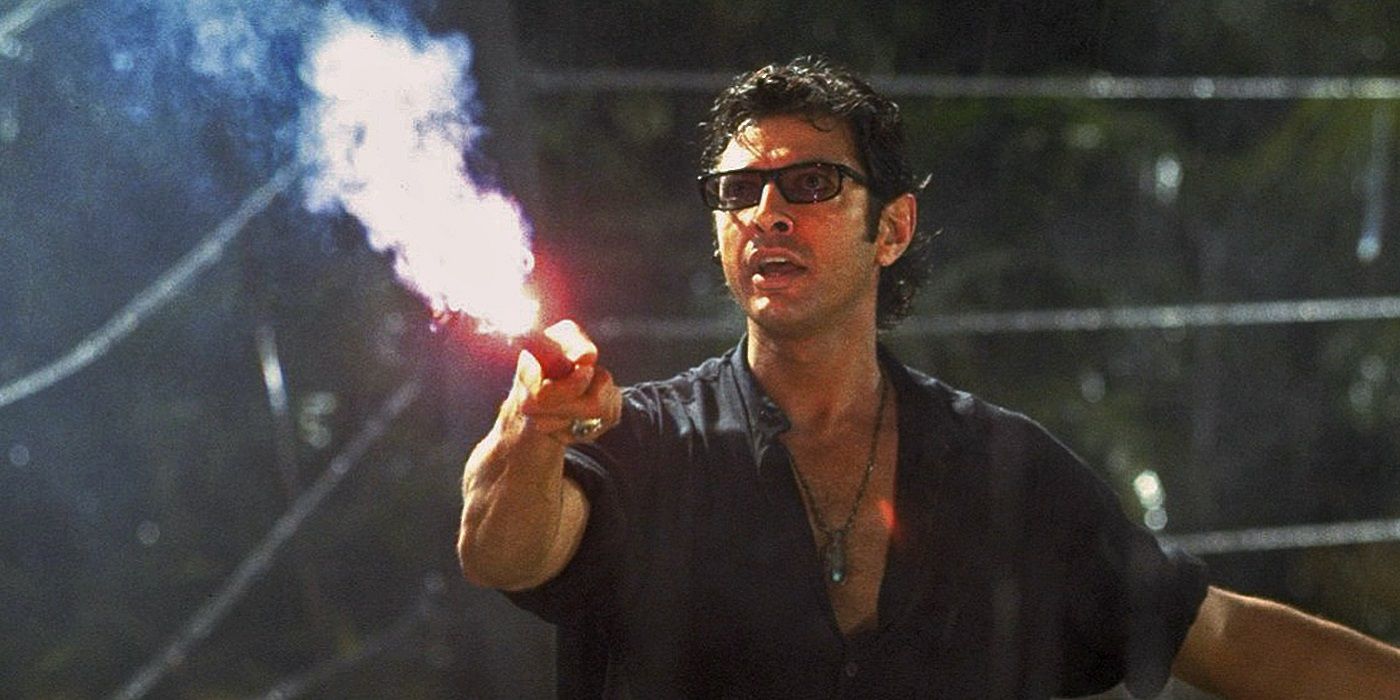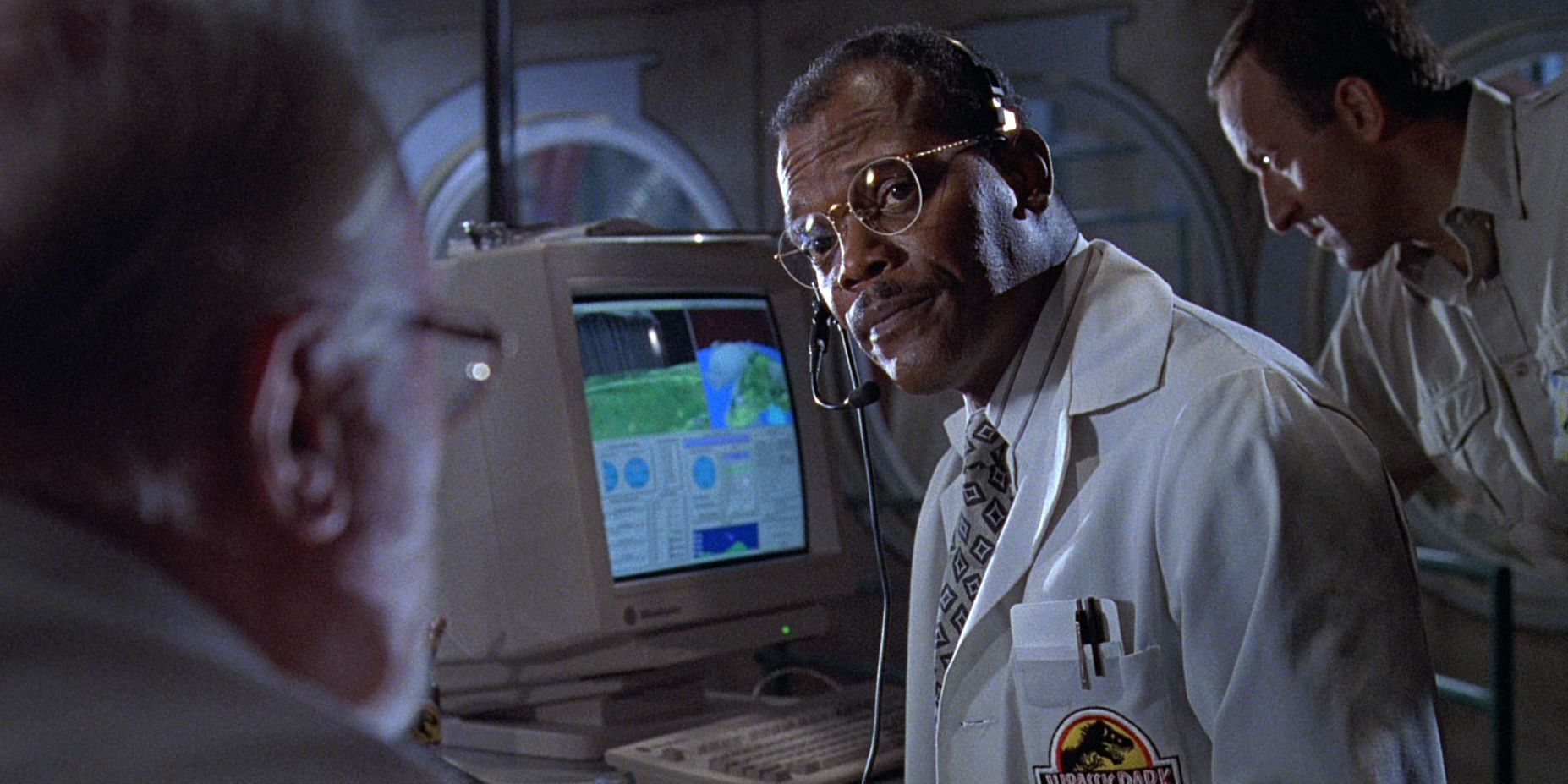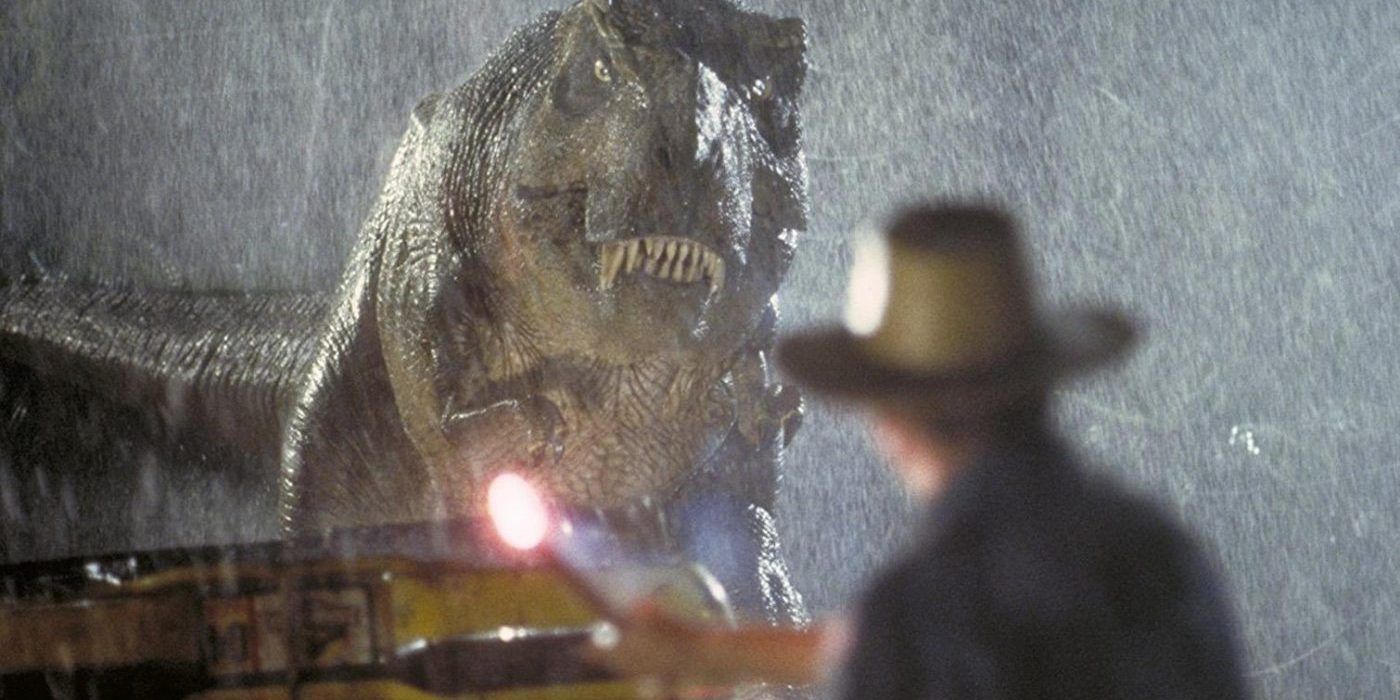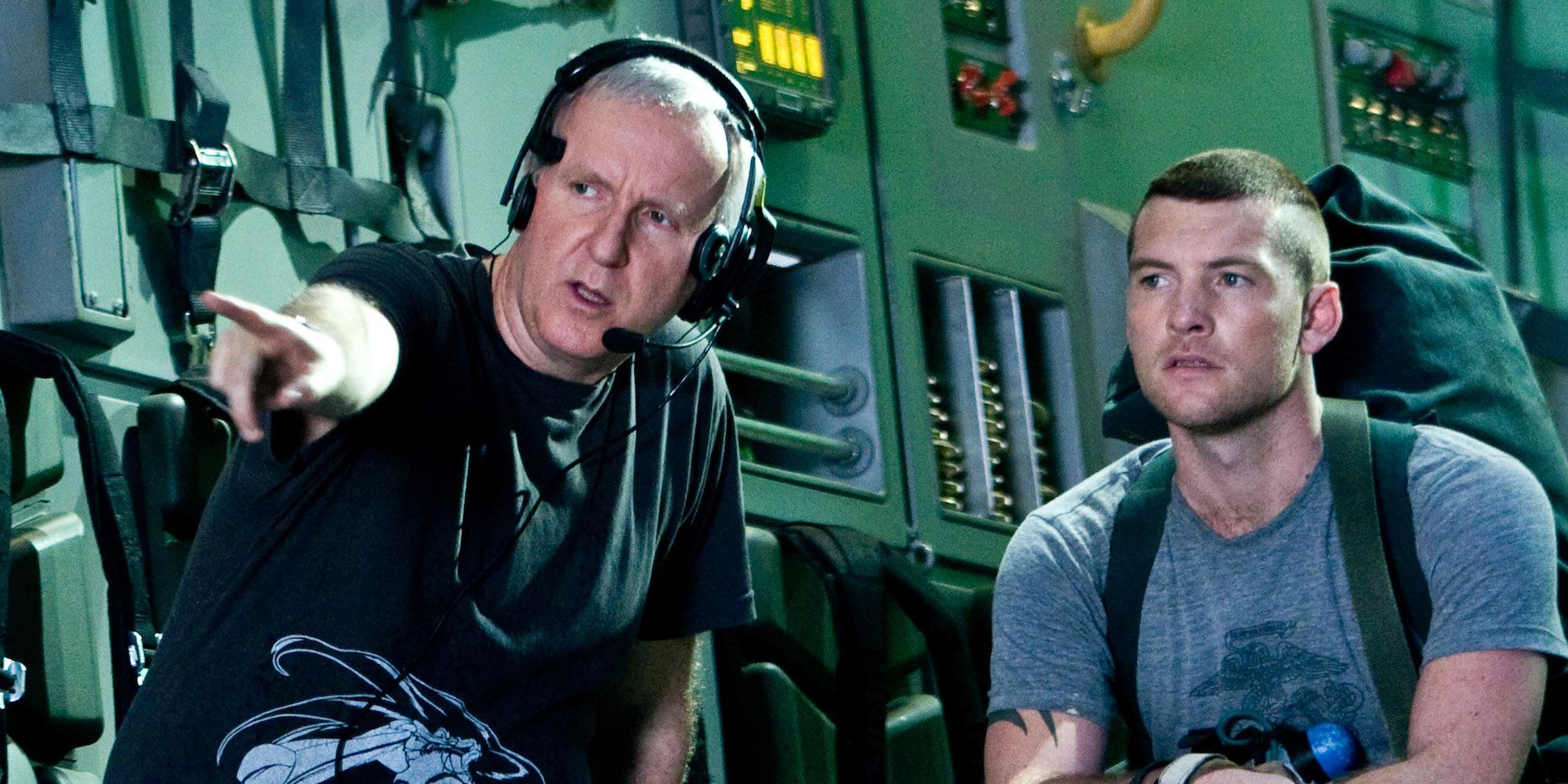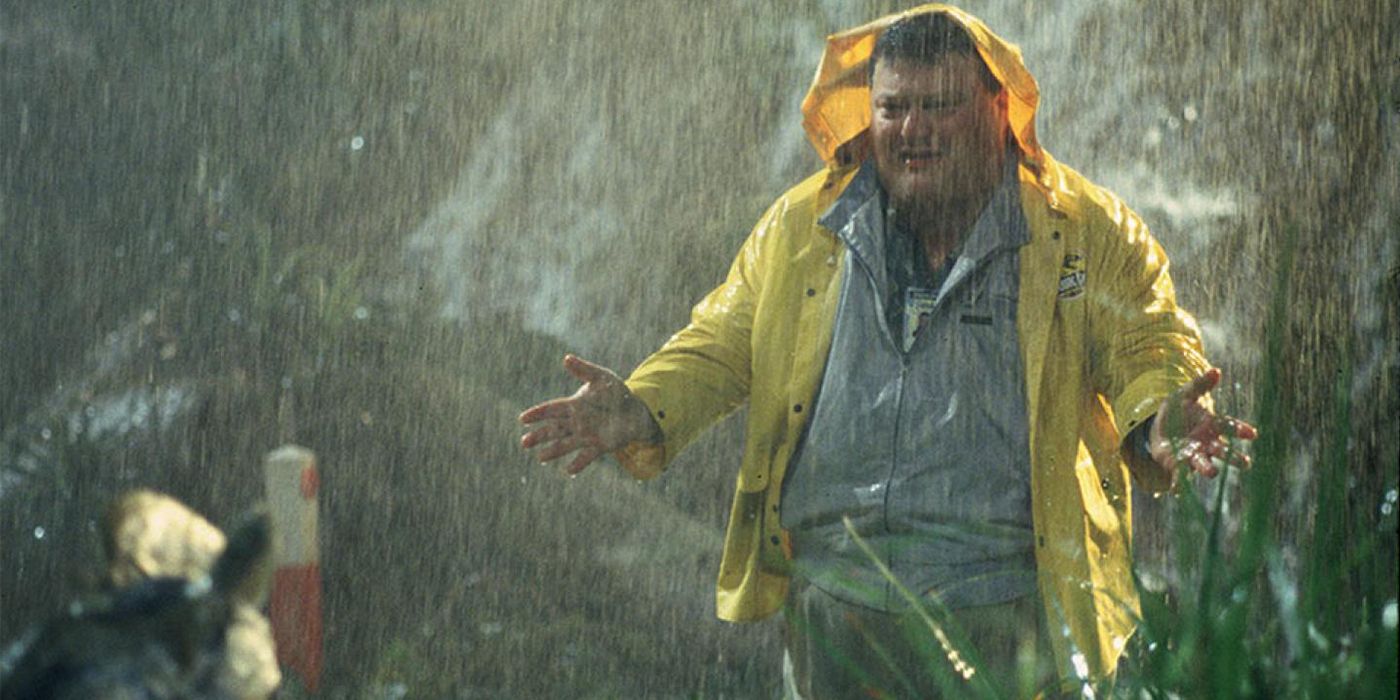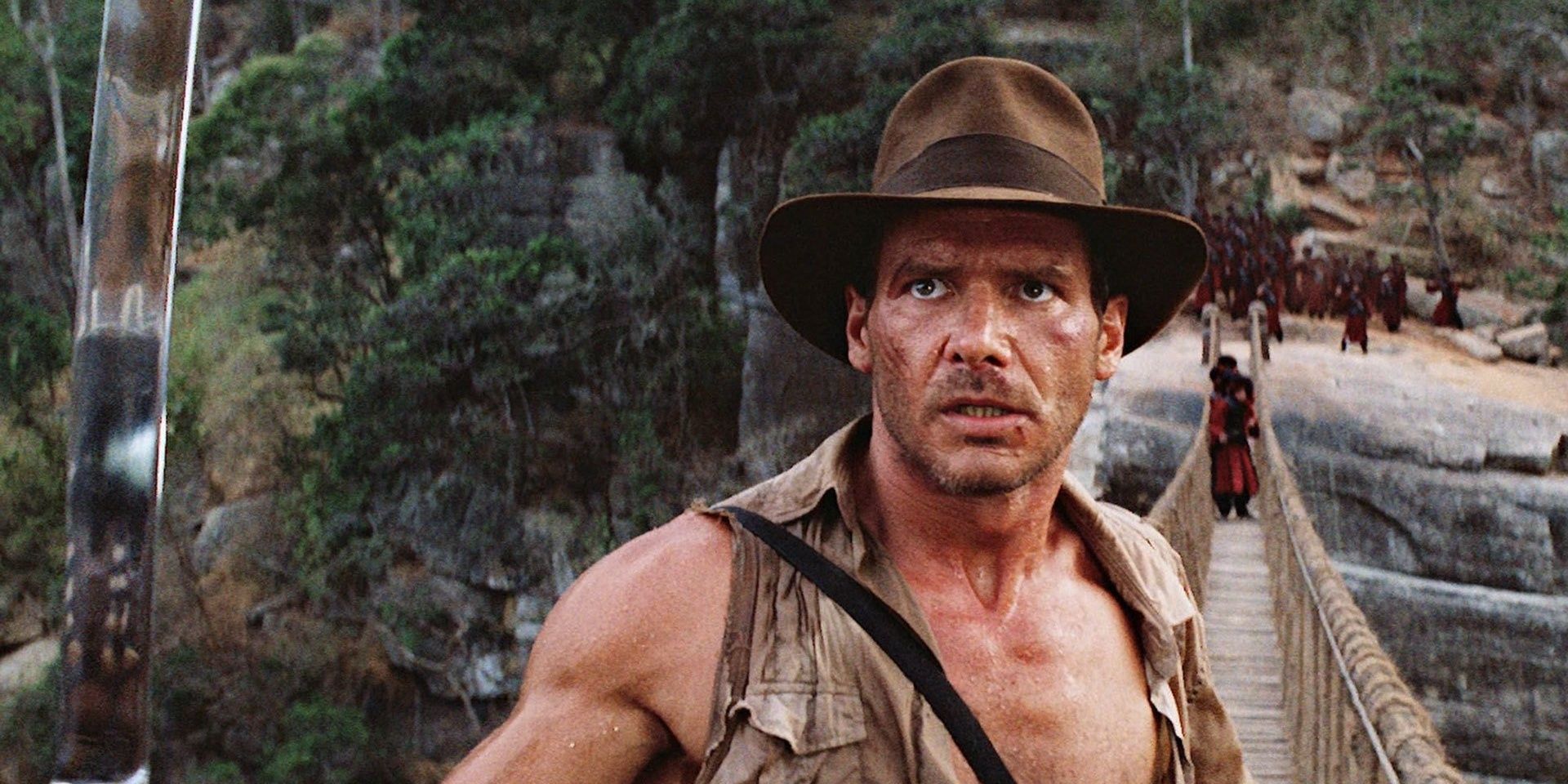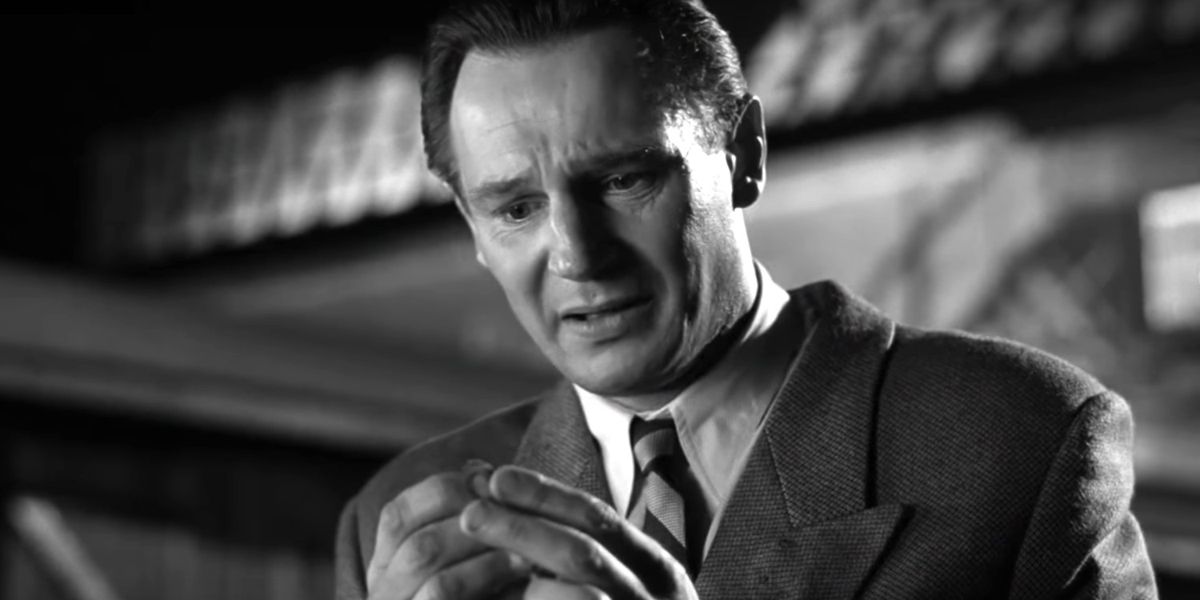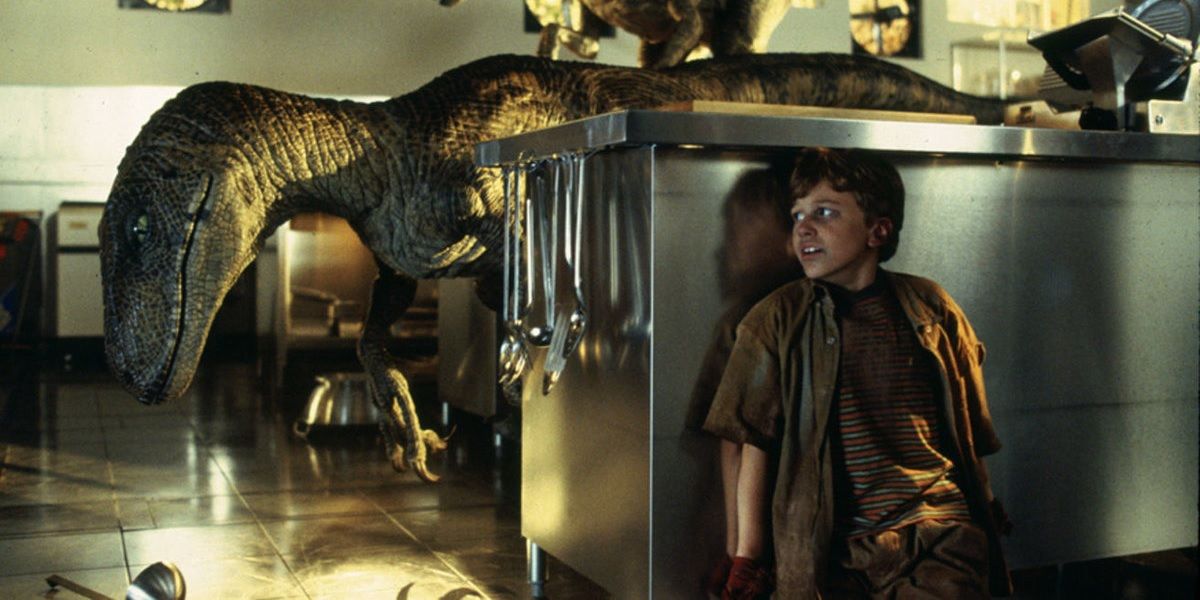When it first hit theaters in 1993, it didn’t take long for Jurassic Park to become the highest grossing movie of all time. Steven Spielberg and his crew pioneered a bunch of new visual effects technologies to bring dinosaurs back to life. Audiences all over the world were thrilled to see prehistoric beasts tearing across the silver screen. Jurassic Park marketed itself as being 65 million years in the making. It actually only took a couple of years to put together, but there are still plenty of interesting stories from the production. Here are 10 Behind-The-Scenes Facts About Jurassic Park.
The Triceratops dung was covered in honey to attract flies
The giant pile of Triceratops dung looks so convincing, and the actors react to it so believably, that you can practically smell it through the screen. But apparently, it didn’t smell at all on the set. The dung was created with a combination of clay, mud, and straw to give it the color and consistency it needed. The crew then drizzled honey and papayas on it in order to attract a swarm of flies. Having a bunch of flies buzzing around the dung undeniably makes it look a lot more realistic. It was also probably more pleasant for the actors to have odorless dung on the set.
Originally, the finale was very different
In the early drafts of the script for Jurassic Park, the finale looked very different. One of the raptors was going to get pierced by a rib from the T. Rex skeleton, while the other would’ve been hit by the skeleton’s falling jaw. It even remained that way as the film went into shooting. A couple of crew members who felt that the final sequence was underwhelming came to Steven Spielberg with the suggestion to punch it up a little bit and they all got together to brainstorm ideas. After this brainstorming, they came up with the scene we see in the final film.
Jeff Goldblum made Ian Malcolm more heroic
In the novel, Ian Malcolm isn’t a very heroic guy, and in the script for the film, he wasn’t supposed to be either. In the scene where the T. Rex attacks the characters, Malcolm was supposed to just run away like Gennaro (read: like a coward). It was Jeff Goldblum’s idea to make Malcolm more heroic and have him distract the T. Rex and allow Alan Grant to swoop in and rescue the kids. It didn’t detract from Malcolm being a roguish hotshot — sort of the Han Solo of the Jurassic Park universe — but it did cement his place as a screen legend.
Samuel L. Jackson was supposed to have a real death scene
Samuel L. Jackson got his big break in Jurassic Park, playing the role of Arnold. He’s set up in the first act as one of the park’s smartest scientists, and then he’s killed offscreen. This is suggested when Ellie finds his severed arm. Originally, his character was supposed to have a real death scene, and Jackson was excited to do it, because it would’ve been cool to be chased by raptors and torn to shreds. Jackson was ready to fly out to Hawaii and shoot his character’s death when a hurricane destroyed the set and the scene had to be scrapped.
The animatronic T. Rex was so dangerous that the crew needed safety meetings
The animatronic T. Rex used in Jurassic Park was so dangerous that the crew needed to have safety meetings to discuss how to use it properly and avoid any T. Rex-related injuries. The T. Rex weighed a whopping 12,000 lbs — some reports have it between 13,000 and 15,000 lbs — so if anyone got stuck under it or it fell on anyone, it would’ve been quite an ordeal.
The crew set up a system of flashing lights to let anyone who was nearby know that it was about to be turned on. The head of the T. Rex whooshing by felt like a bus driving past.
James Cameron wanted to direct Jurassic Park
James Cameron has said that he wanted to turn Michael Crichton’s novel Jurassic Park into a film, but when he called up to inquire about the rights, he was just a few hours too late, as Steven Spielberg had gotten in there first. Cameron would later say that Spielberg was the better choice for the job, as he would’ve made it more violent and adult-oriented — describing it as “Aliens with dinosaurs” — and kids deserved a dinosaur movie they could actually see. Funnily enough, Spielberg’s visual effects in Jurassic Park were directly influenced by Cameron’s innovative visual effects in Terminator 2: Judgment Day.
Wayne Knight wanted a gorier death for Nedry
Wayne Knight — best known for playing Newman in Seinfeld — wasn’t bothered that his Jurassic Park character Nedry died. In fact, he felt that he deserved to die. (This would become a recurring theme in the Jurassic Park franchise: only characters who deserve to be killed are killed.) But Knight did want his character to have a gorier death. In the movie, it happens offscreen after he’s terrorized by a little dinosaur that he tried to outsmart. In the book, it was a lot more graphic than that — Nedry even got decapitated. Knight was hoping that would be depicted in the movie.
Some A-list names were up for roles in the film
It was recently reported that the trio of Sam Neill, Laura Dern, and Jeff Goldblum will be getting back together for Jurassic World 3. It’s hard to imagine anyone other than those three actors taking the roles, but some A-list names were considered for the movie. Steven Spielberg looked at William Hurt and Harrison Ford for Alan Grant, and Robin Wright and Juliette Binoche for Ellie Sattler.
Spielberg also considered Sean Connery for the role of John Hammond. If James Cameron had made the movie, he wanted to cast Arnold Schwarzenegger as Alan Grant, Bill Paxton as Ian Malcolm, and Charlton Heston as John Hammond, which are interesting choices.
Steven Spielberg oversaw post-production from the set of Schindler’s List
Last year, Steven Spielberg decided he had enough time while the visual effects were being applied to Ready Player One to shoot a smaller, less VFX-laden movie, The Post. In the early ‘90s, he did the exact same thing while the visual effects were being applied to Jurassic Park, and took the time to shoot Schindler’s List. He had to oversee the post-production of Jurassic Park from the set of Schindler’s List, although the emotional toll of shooting a movie about the horrors of the Holocaust left Spielberg feeling so depressed that he needed an hour before he could answer trivial questions about digital dinosaurs.
The dinosaurs only have 14 minutes of screen time
Despite the fact that Jurassic Park is two hours long and its whole premise revolves around dinosaurs, the cloned prehistoric creatures only actually appear during a combined total of 14 minutes of the movie. This is similar to how Jerry only ever actually said the line “Hello, Newman,” 15 times throughout 180 episodes of Seinfeld. Maybe the makers of the Jurassic World movies should take some cues from this and realize that less is more. There doesn’t need to be a dinosaur in every scene. If there isn’t, you can build up the tension and give the dinosaur scenes more impact.

